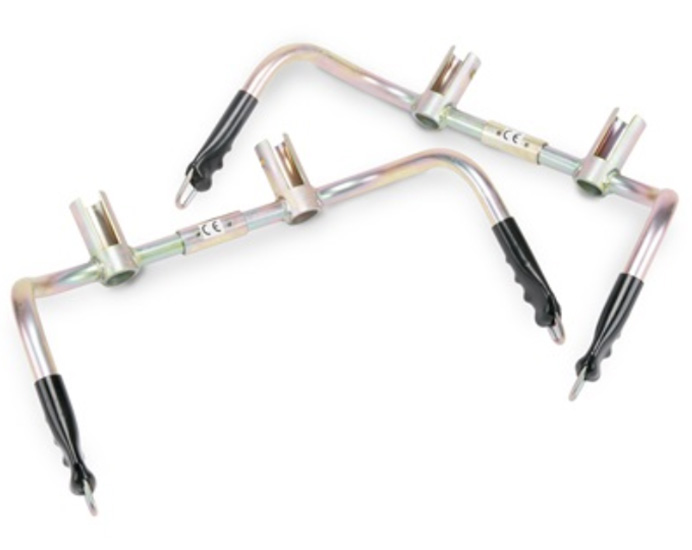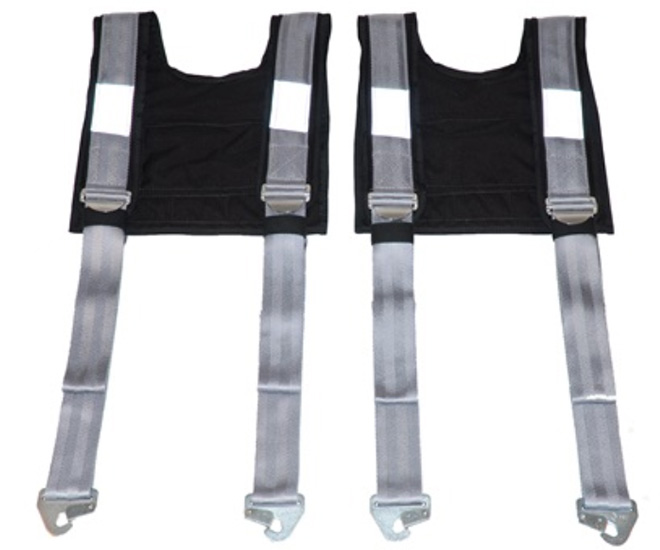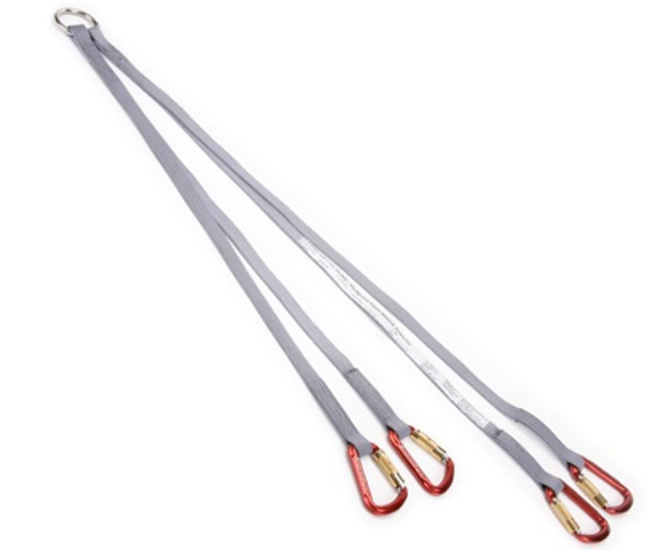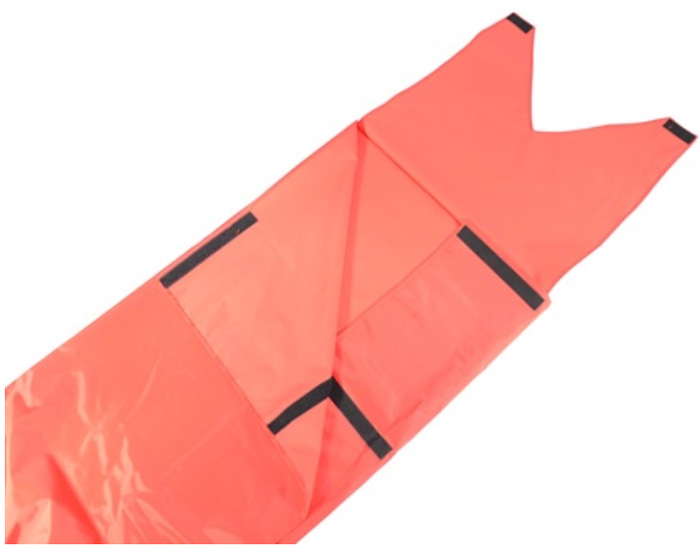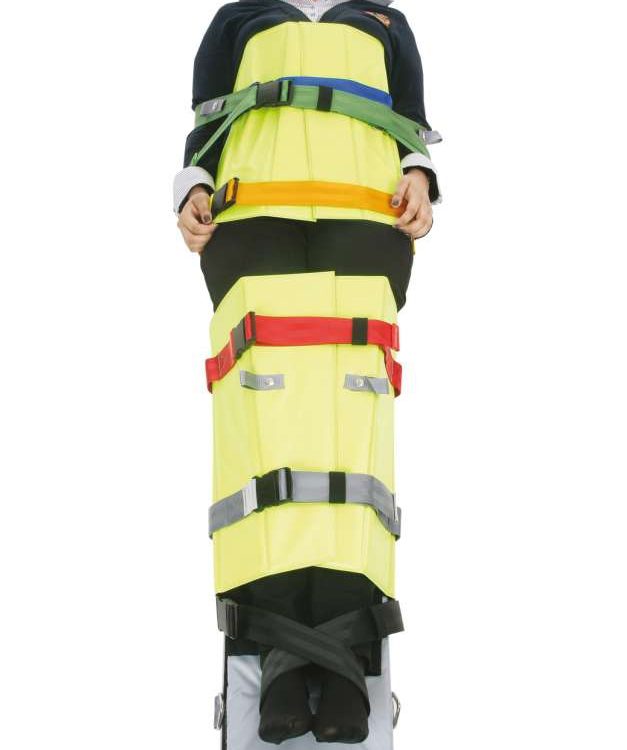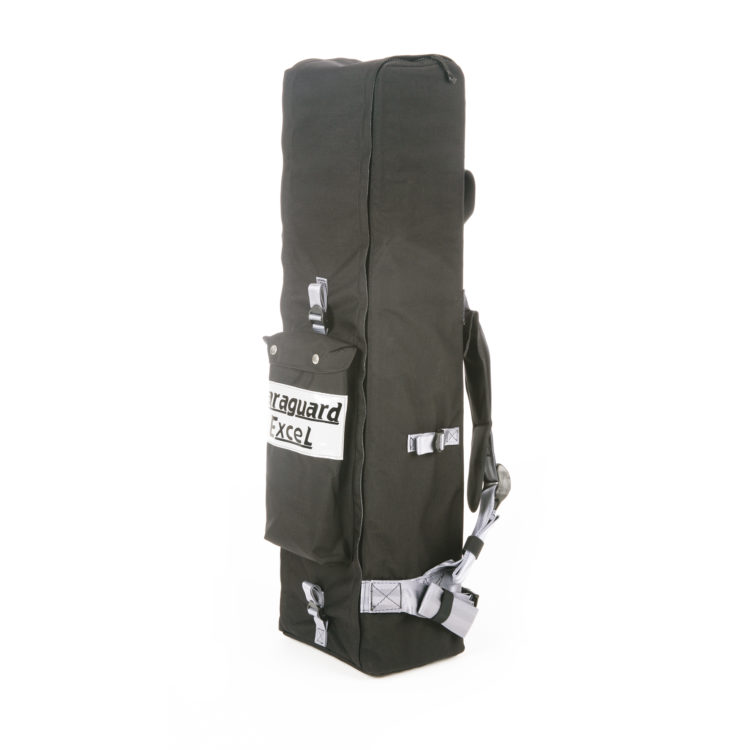
Ferno Paraguard Stretcher
01 Overview
The Ferno Paraguard Stretcher is NATO approved (NATO 6530-99-446-9403). The Paraguard Stretcher has a fine reputation being used widely throughout the Oil and Gas, Paraguard Excel 2 Stretcher, Maritime, Construction and Mining Industries. It is used commonly by Search and Rescue operations around the world and due to its vertical hoist capability is equally successful for confined space rescue.
Constructed from quality synthetic materials, stainless steal and aluminium the Paraguard Stretcher is impervious to oil, water, grease and other petroleum products and is resistant to rot and corrosion.
Quick and simple to use the Paraguard Stretcher has colour coded straps to secure the chest arms thighs and lower legs. The head is held in place by a three point non-slip forehead strap while a figure of eight straps support the feet.
02 Key Features
Particularly useful for high building and helicopter rescues.
Approved for use by many authorities including NATO.
To enhance infection control the flaps are wipe clean and the patient pads may be detached from the base for washing.
For storage and ease of transport the stretcher pack into a back pack supplied as standard.
Ferno Paraguard Stretcher
| Length (folded in valise): | 920mm |
| Width (folded in valise): | 270mm |
| Depth (folded in valise): | 150mm |
| Length (deployed): | 1820mm |
| Width (deployed): | 250mm |
| Weight (with accessories): | 16kg |
| Weight (without accessories) | 11.5kg |
| Max Load | 136kg/21st/330lbs |
03 Accessories Available
The Ferno Paraguard Stretcher offers a range of accessories which can enhance its performance dependent upon your needs
- Four point lifting sling which attaches with lightweight karabiners enabling easier horizontal lifting.
- Slot in carrying handles fit onto the head and foot end of the stretcher allowing two rescuers to carry the casualty.
- A vest style shoulder harness attaches onto the handles, helping to distribute the weight of the stretcher between the rescuers.
- A foul weather sheet is available to provide protection to the casualty for rescues taking place in adverse weather conditions.
